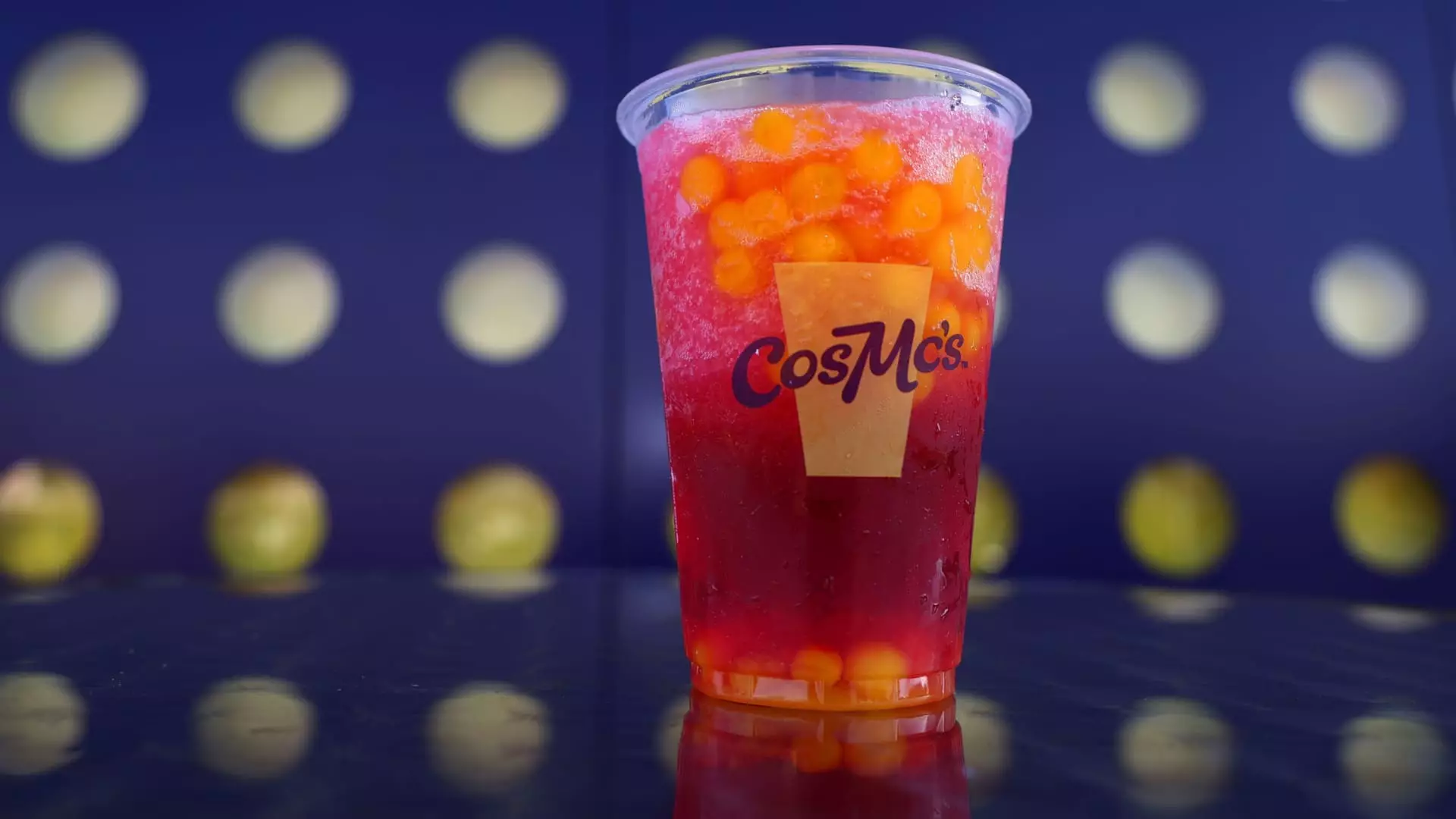As the fast-food sector shifts gears to adapt to a changing culinary landscape, one clear strategy emerges: beverages are taking center stage. Chains like Chick-fil-A and Taco Bell have initiated bold beverage experiments tailored to captivate younger demographics, particularly the adventurous taste buds of Gen Z. This generation, marked by its immense diversity and daring inclination towards novel flavors, is redefining how these chains approach drink offerings. Fast-food giants are not just expanding their beverage menus; they are reinventing them, focusing on extraordinary flavors and eye-catching aesthetics aimed to resonate with vibrant, youthful consumers.
The statistics speak volumes about this trend. Data from market research firms indicate that beverages are expected to play a pivotal role in driving revenue growth within the restaurant sector. Taco Bell, for example, has described its latest beverage innovations as a potential “core craving,” underlining the emphasis on this lucrative product line. Overall, fast-food chains are catching on to the evolving customer preferences, which further compels them to think outside the box when it comes to their beverage selections.
Flavor Innovations: A Playground for Experimentation
What’s particularly fascinating is the chains’ willingness to push boundaries regarding flavor combinations. Consider the rise of items like Chick-fil-A’s seasonal Pineapple Dragonfruit concoction and Taco Bell’s “Dirty Baja” drinks—a mix that caters to both innovative palates and casual consumers alike. The trend reflects a broader societal acceptance of flavors once relegated to niche markets, such as yuzu or butterfly pea. These exotic notes, often perceived as culinary risks, are drawing attention and sales in a market that has seen a decades-long decline in traditional soda consumption.
Industry insiders highlight this burgeoning trend as a golden opportunity for fast-food chains. As consumers migrate away from carbonated sodas, brands can introduce signature beverages that not only align with their identity but also command higher prices. Such shifts usher in not just an increase in revenue, but also customer loyalty as patrons explore flavors that feel unique and personal.
The Sugar High: The Double-Edged Sword of Sweetness
However, this innovative push does come with a caveat. Beverage creations, often decadent in their sugary content, raise questions about health and consumer awareness. Market analysts, like Claire Conaghan of Datassential, aptly describe the trend as “little treat culture,” revealing a generational willingness among young consumers to indulge. They might be conscious of their choices, but sugar-laden drinks are still sizzling on menus nationwide, enticing consumers with appealing aesthetics and flavors.
Wendy’s Chief Marketing Officer, Lindsay Radkoski, notes that the brand’s lemonade lineup—which includes exciting options like blueberry pomegranate—has been particularly well received among younger audiences. This indicates that while consumers are becoming more informed about health trends, they seem willing to overlook nutritional concerns for the sake of a unique and pleasurable experience.
The Rethink of Beverage Economics
Charles S. Schumaker, a business analyst at Culinary Edge, claims that this beverage focus is not just for creativity’s sake but a shrewd economic strategy. Beverages are often less costly and easier to modify than food items—changes can be as simple as swapping a syrup flavor or adding a drizzle. This cost-effectiveness allows fast-food chains to generate higher profit margins with relatively less effort, making beverages a more appealing investment than increasingly competitive food items.
Moreover, health-consciousness isn’t the only factor driving the redesign of beverage strategies. With chains like Taco Bell projecting ambitious revenue goals—a proposed $5 billion beverage business by 2030—we witness oral commitments to innovative beverage offerings that can transition the chain beyond just food into an expansive drink-centric arena.
The Gen Z Effect: Tailoring Experience to Younger Crowds
Simply put, fast-food chains are leveraging the influence of Gen Z as a catalyst for transformation. This demographic’s openness to experimenting with novel flavors and textures creates exciting avenues for specialized beverages—where traditional expectations are reimagined. It is not only about attracting younger customers, but also fostering loyalty through enticing flavor combinations and innovative experiences that resonate with their tastes.
For instance, additional offerings like bubble tea and artisan-style drinks cater directly to Gen Z’s penchant for novelty. McDonald’s foray into the market via its CosMc’s concept illustrates the lengths these corporations are willing to go to capture the interest of younger customers. By incorporating exclusive ingredients like popping boba and creatively themed drinks as part of their beverage lineup, they are addressing the evolving landscape head-on.
Efforts by brands to incorporate unique flavors and new drink categories help establish deeper connections with their clientele—transforming the fast-food experience into something dynamic and interactive that resonates well within the confines of this younger, more adventurous audience.
As competition escalates and the marketplace evolves, fast-food chains appear poised to navigate this burgeoning sector by embracing the shifting tides of consumer preferences—leading us into an exciting, albeit sugar-laden, future.


Leave a Reply